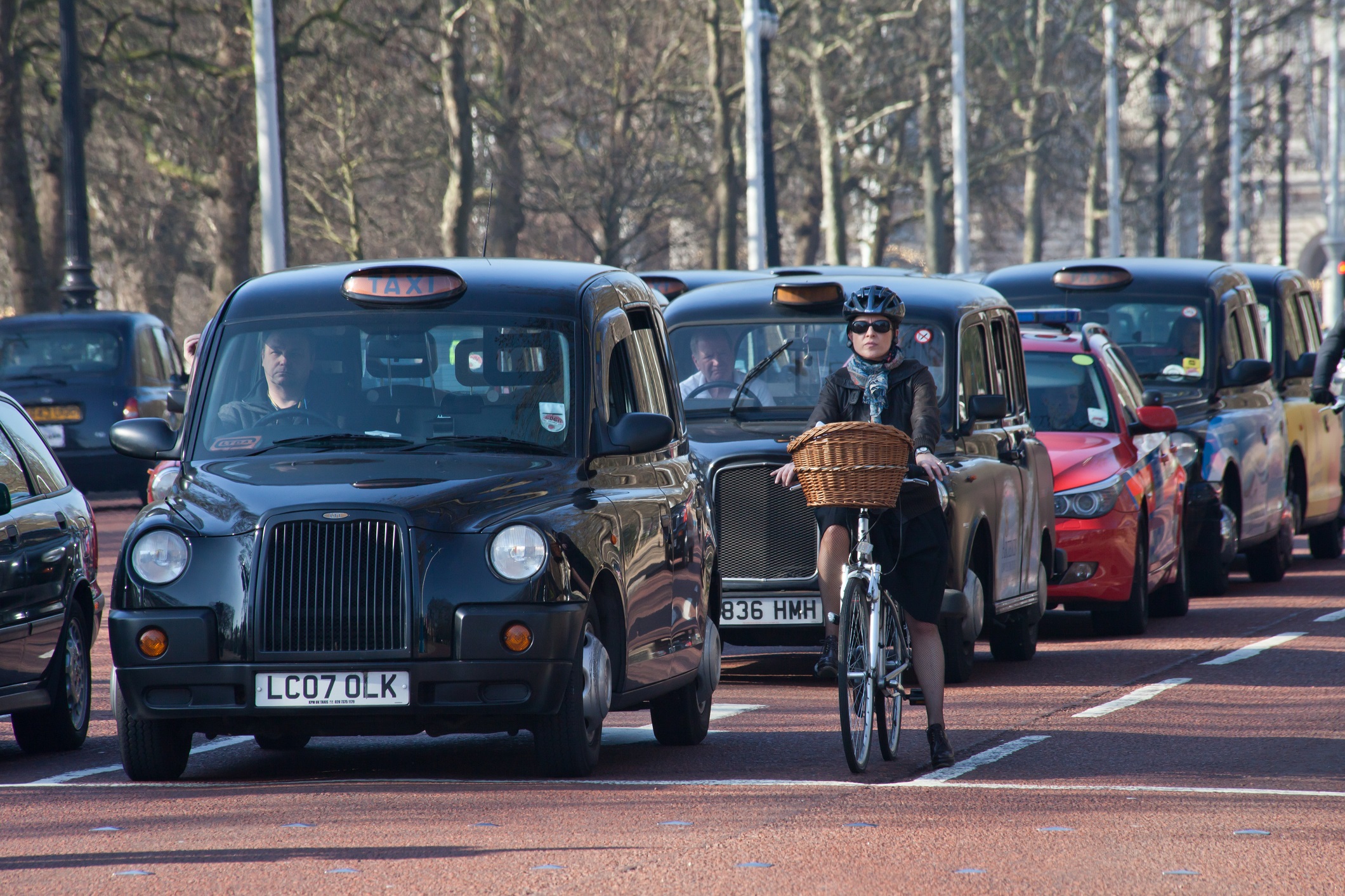
The average London driver loses 101 hours a year in traffic, according to a Eurostat report. This is a massive amount of wasted time – 28 more hours than the second most traffic-prone European city, Stuttgart. With arguably one of the better public transport systems around the world and active efforts to tackle gridlocked traffic, it’s surprising that London is still finding it hard to get traffic moving. So, what is it about our nation’s capital that’s turned the rat race into the snail trail?
Why all the London traffic?
Despite a reliable tube system – yes, we know our Northern line is always packed, but the tube is better than often given credit for – the number of drivers on London roads seems to constantly increase. Just order an Uber and see how long you’re stuck in a traffic jam. London is expected to experience a 20% population increase, jumping from 8.4 million people in 2013 to 10.1 million in 2030 (soaring to 10.8 million by 2041, according to the London Mayor's Transport strategy).
Congestion isn’t just due to the rising number of cars, though. As the population grows, steps are taken to accommodate more pedestrians, cyclists and bus journeys. Roads have been narrowed across London to allow more bike lanes and walking paths.
According to the Mayor's transport strategy there are 27 million trips in London every day and of these, 6 out of 10 are currently made by foot, cycle or public transport. By 2041 daily trips are expected to grow to 33 million and the ambition is for 8 out of 10 of these to be by foot, cycle or public transport. This means a significant decrease (10.8 down to 6.6 million) in daily trips by car and huge increase in trips by other modes. But there aren't any plans to build more roads to reduce congestion.
Not only is the population growing, anyone who’s ever spent longer than a few days in London knows that construction work seems to be happening everywhere adding more delays to the already busy roads. Congestion and roadworks both affect the speed of all traffic including buses, but journey speed and reliability are important factors if more car drivers are to switch to using public transport. The number of journeys by bus in London has been falling slowly over recent years.
Did the Congestion Charge free up the roads?
What is the Congestion Charge?
The London Congestion Charge was introduced in 2003 to sort out congestion problems around the city, with the aim of improving the traffic flow by reducing traffic volume and encouraging more people to use the city's public transport. Covering Zone 1 on the TfL tube map, there’s a daily charge for driving in the charging zone between 7am and 6pm, Monday to Friday. You only need to pay one charge for the whole day, no matter how many times you drive in and out of the zones.
Did the Congestion Charge work?
Although the Congestion Charge was considered a success initially, with a 39% drop in the number of private cars coming through the zone between 2002 and 2014, more recently – between 2015 and 2016 – trips by taxi and other private hire vehicles have increased by 9.8%, and shot up 29.2% since 2000. The stats show more than 18,000 different private hire vehicles drive through the Congestion Charge zone each day, with peaks on Friday and Saturday nights – most likely people ordering their Ubers, Lyfts, Addison Lees and other taxis. Other major contributors to London congestion today could include the rise in home shopping deliveries, construction traffic and roadworks.
How to best navigate London traffic
There are several ways to get around the city which will keep you from being stuck in traffic and avoid the Congestion Charge. Here’s what TfL recommends:
- Cycling – ditch the 4 wheels and opt for 2. London is great for cyclists, with extensive cycling lanes and bikes you can hire on an as-needed basis.
- Walk – good for the wallet and the waistline. If you can walk, why not?
- Tube – with a daily capped rate and frequent trains, the tube is probably the easiest way to get around the city.
- Car pool – not just the inspiration for James Corden’s celebrity-filled singalong videos, sharing one car if several of you're going to the same place will reduce the number of cars on the road and save you money.
- Travel out of rush hour – much quieter, and cheaper if you’re driving through the Congestion Charge zone or taking the tube.
- Take the main, busier roads less frequently and use our route planner to find alternative routes to avoid traffic, which are quicker.
